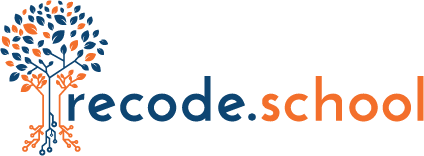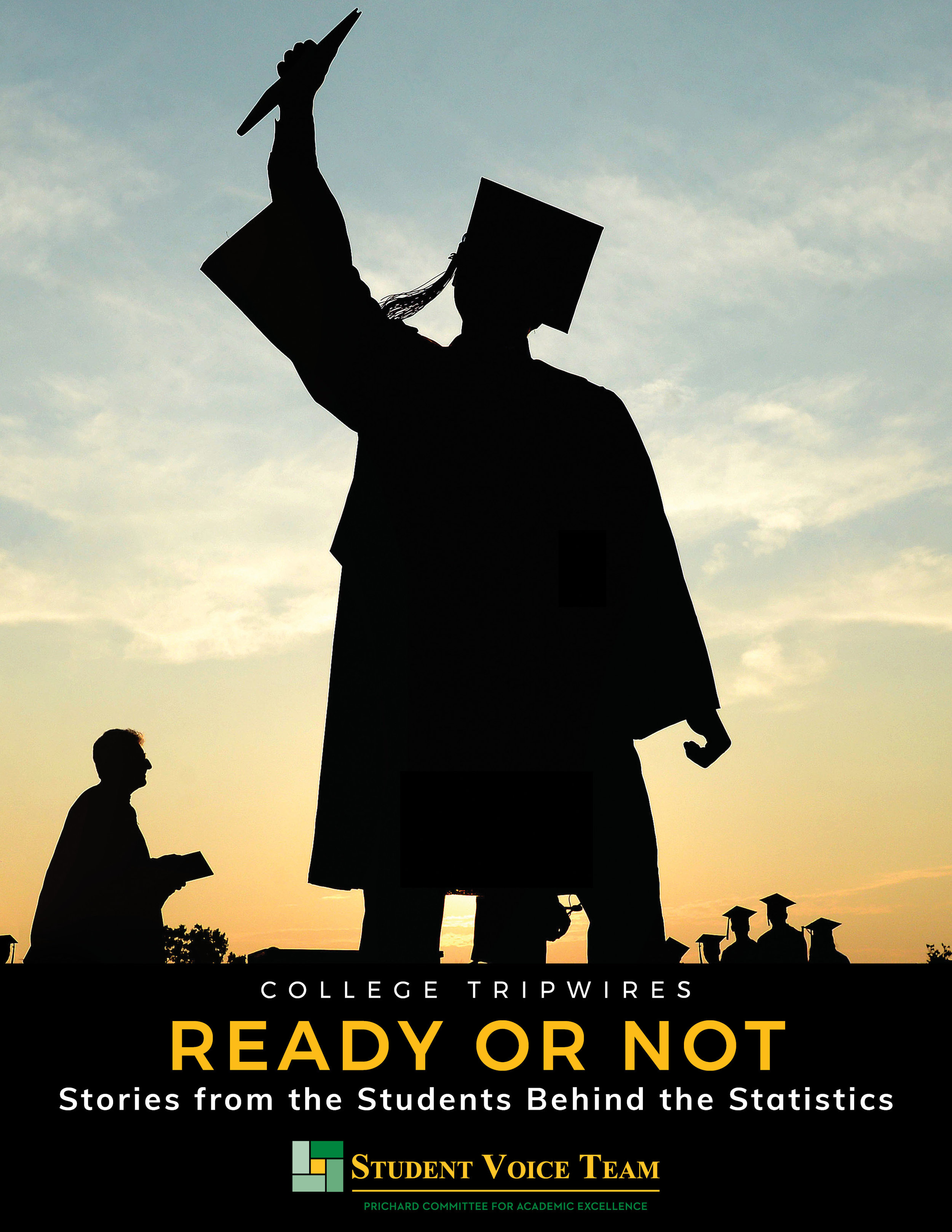Today I spent time at a great Prichard Committee event here in Kentucky focused on College Affordability. There were a variety of speakers sharing a variety of data points. It was very good stuff. Really professional. The best part, even, was that the Student Voice Team released their new report (which you should read ... proud does not begin to capture it). Great day.
But, let me summarize.
- State support for higher education is flat to negative. Indefinitely.
- College tuition and, particularly, housing costs are going up. Indefinitely.
- Pell grants help poor families a lot. Kentucky state support helps too, but less.
- Lots of kids don't think college is for them & don't go. Cost is an increasing concern.
- Lots of kids who do start, don't finish.
- Rather few kids finish community college.
- Some, especially those that don't finish, default on loans and ruin their credit.
- High schools are not doing enough to advise, especially because of the lack of guidance counselors.
- And, inequity is still rampant throughout.
Let me also summarize the number of serious plans articulated to address this in structural ways ... nada.
That's not an indictment of anyone. Everyone honestly is well meaning in this space and I enjoyed all the conversations today. But, we seem locked into a pattern here and nothing I heard today (outside of seriously listening to students more which policy folks seem to applaud but not really grasp) seemed to have a real chance at changing the pattern. Some folks I spoke with today, including critical folks with state agencies, even seemed resigned to this unchanging reality including the indefinite inequity.
Enter dual credit (or dual enrollment, or early college, middle college, etc.). It came up a couple times today but mostly just in passing. That missed the mark, unfortunately.
In my work innovating in education the past 10 years, few things seem to have the screaming potential that dual credit does ... and few things are harder to actually implement, let alone change. I spent 3 years trying to build a dual credit program at STEAM and it is still not that great. But, it is the key. I'm convinced of that now more than ever before. We need to get serious about implementing large scale models across Kentucky and resetting our expectations around the space between high school and college (i.e. there should very little).
Jobs for the Future has a summary of the research.









